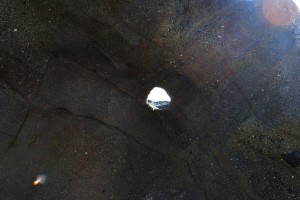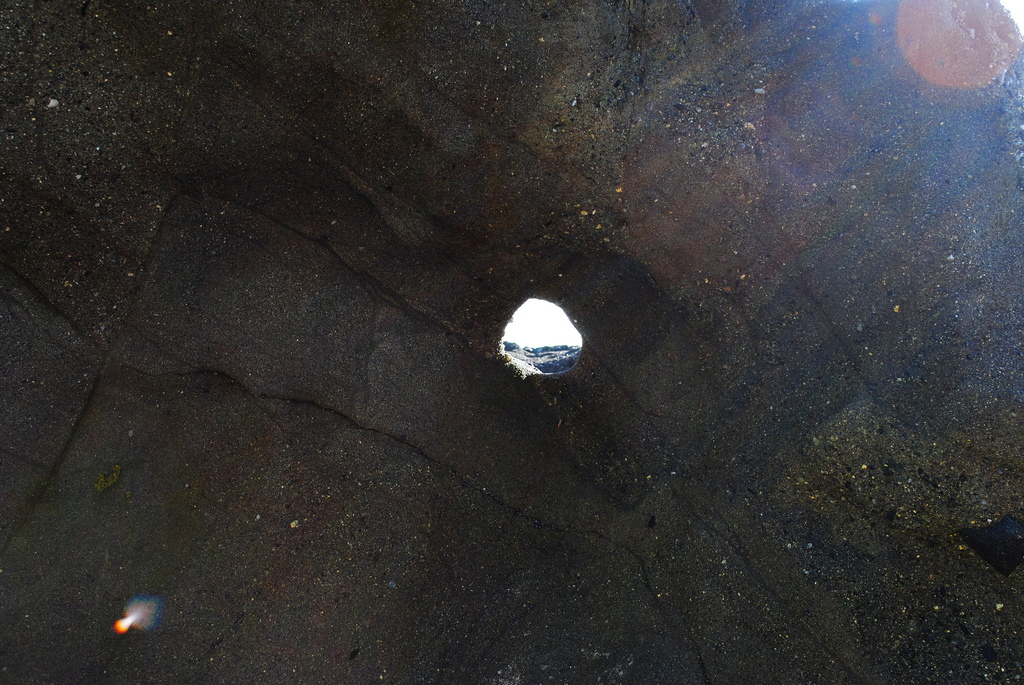 Last October, the Atlantic published a piece on the “dark social side of the internet. The premise was this: sharing on Facebook and Twitter is only a part of the way stories are shared. It turns out that most sharing is done privately through IM and email.
Last October, the Atlantic published a piece on the “dark social side of the internet. The premise was this: sharing on Facebook and Twitter is only a part of the way stories are shared. It turns out that most sharing is done privately through IM and email.
Now “dark social” has become part of our complicated lexicon of words used to explain social activity.
The existence of dark social is a challenge for community managers to measure because it means that much of the talk about your community could be happening where you can’t see it. Like dark matter, this type of activity is hard to track. It’s out there, and it’s huge.
Much of the most successful community management never makes it out into the open. At times a community manager’s output can barely seem visible on the public-facing pages—but we all know there is so much more going on behind the scenes.
Some of the “dark social” activities of community managers include:
Monitoring
Much of being in community is just about listening. On our Realtor.com Q&A platform we have a third-party service that looks at questions. Automated moderation can catch a lot of things—but there’s no substitute for a person who is actively listening and monitoring.
The dark social angle: Posts that need attention are circulated to the appropriate parties: to customer service, sales, or marketing, and often lead to interaction in the public space.
Analysis
Another part of community management is being able to report on & analyze what people are talking about on the site. Reporting numbers is part of the story—but analysis takes a deeper look at what is really happening, like:
- What got good engagement?
- What post is getting a little heated?
- How is the overall sentiment in the community?
The dark social angle: Providing actionable feedback to the rest of your company is a major part of the monitoring process. Thoughtful analysis helps internal teams understand what’s working and what’s not working.
Like just about everyone these days, a community manager often spends a lot of time in their inbox. Much of my job involves email behind the scenes. If I have to remove a post, I want to have a one-to-one connection with the person who posted and let them know why I removed the post.
Sometimes I help find someone else on my team to answer a particular question. For example, I run a real estate advice forum and if a consumer mentions a specific property, I may track down the listing agent and advise them of the question so they can provide the answer. If there is a customer service issue, I work with the poster and our customer care team to make sure everyone is happy. Email is still the preferred channel for longer communication.
The dark social angle: These one-to-one communications lead people back to the community pages, where they can often take action.
The Anonymous Thumbs-Up
Anonymous “thumbs-up” are the private companion to most public-facing efforts, like retweet or Facebook likes—and the anonymous thumbs-up prove that the ‘like’ doesn’t always have to be associated with a person to be effective.
In our community forum we have the ability to like a post with a thumbs-up. Doling out these anonymous little boosts is vital to the health of the community.
The dark social angle: Anonymous is anonymous. Posts with more postive ratings end up rising to the top, where they likely get more engagement.
As a community manager, we’re sometimes on the front lines, visible to the world and interacting in a public space.
But often what we do behind the scenes—whether it’s listening, reporting on feedback, or helping customers privately—matters just as much—and can have an impact of the activity, traffic, and overall health of your community.
Your turn: How account for “dark social” when you measure your community activities?


Great post! I love this “But often what we do behind the scenes—whether it’s listening, reporting on feedback, or helping customers privately—matters just as much—and can have an impact of the activity, traffic, and overall health of your community.”
Many people forget that private communications and actions can be just as positive as the public ones.
An interesting aspect of “dark social” that I had hoped you’d touch on is the community interaction that doesn’t happen in the public space. Â Are your community members talking to each other in other places that you can’t see? Â Email? Â We think we see all of the conversations that happen since we’re so used to keeping an eye on our communities, but there’s a lot of power in encouraging your community members to interact with each other privately as well.
I wrote about this as the Iceberg Effect a few years ago here: http://community-roundtable.com/2009/08/the-iceberg-effect-of-community-management/
Personally, I think there are plenty of ways to track and report on that activity to stakeholders and the more you do, the better educated they will be about what investment is required to see outcomes. I often joke that one of my personal KPIs is how many emails titled ‘Introduction’ I send in a week, just as one example.